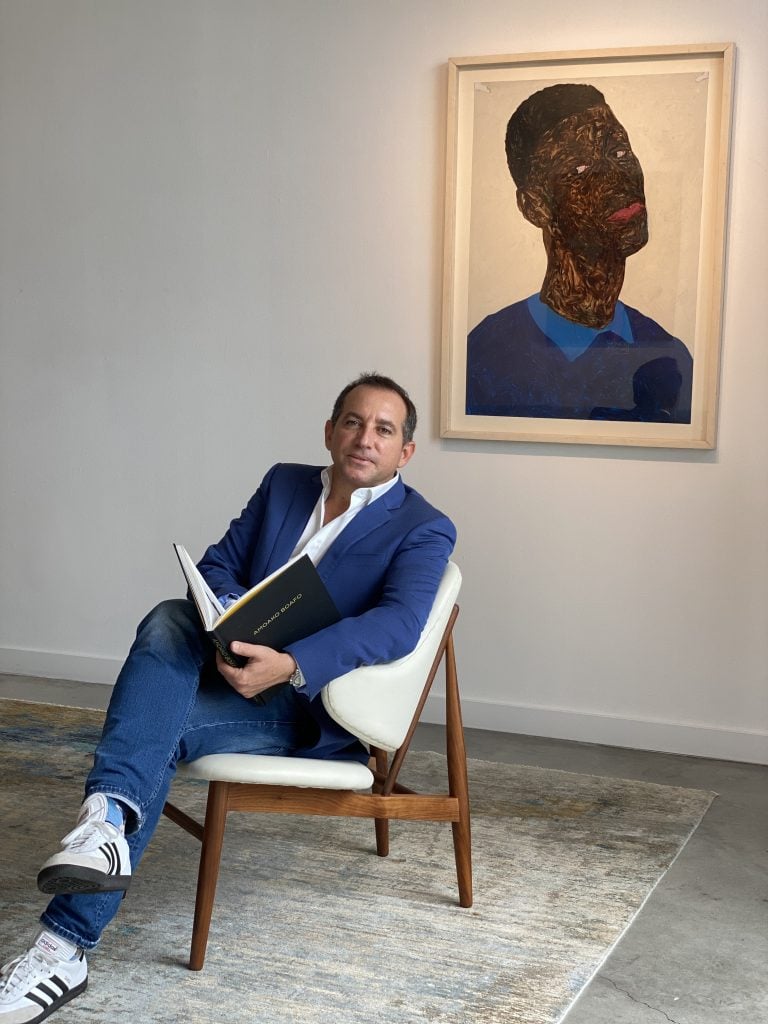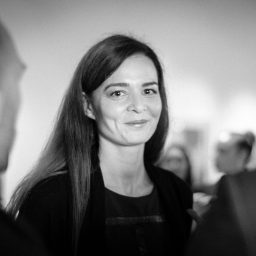Established in 2000, Tresart has come to be recognized as both a bastion of the Miami art scene as well as a formidable member of the international art market. Antonio de la Guardia, Tresart’s founder, initially specialized in and promoted Latin American art of the 20th century. Over the last decade, Tresart has expanded its scope exponentially to include modern and contemporary art by internationally recognized artists from around the world. Since its founding, Tresart and de la Guardia have continued to advance the presence of Latin American art in the international art market, as well as continually expand upon the range of important art and artists available to both private and institutional collectors.
We caught up with de la Guardia to learn more about the evolution of the gallery, and what he sees for the future of the art market.
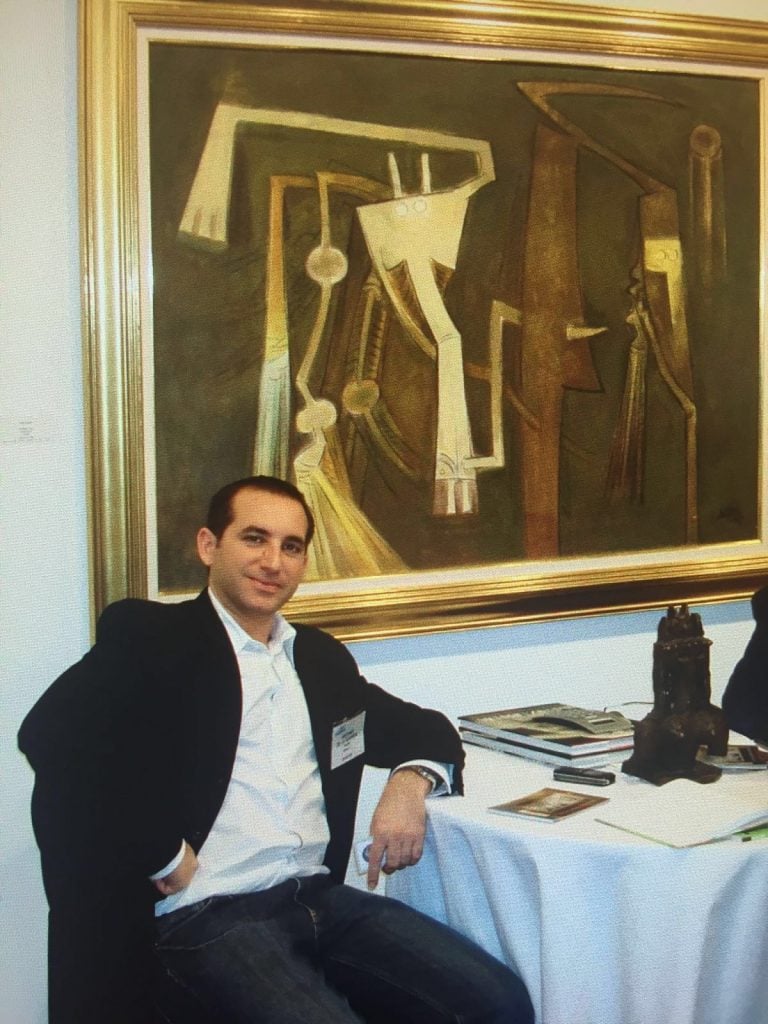
An early portrait of Antonio de la Guardia. Courtesy of Tresart, Miami.
Tell us about your background, how did you first become interested in art? And what led to you founding Tresart?
During my last years in Cuba, I found refuge in art. I spent most of my time reading about art, which sparked my passion and deepened my curiosity. I later lived in Mexico for a few years where I met several collectors of Latin American art, and I would often have fascinating discussions about their collections and motivations to collect. That experience planted a seed that I began to explore around 1994 in Miami as a private art dealer with a special focus on Latin American art. I soon realized that I had found my calling. By the year 2000, I opened Tresart with the goal of showcasing Latin American Art and better supporting my growing clientele of collectors.
Since its founding, how has the gallery’s approach or focus evolved—or conversely stayed the same—over the years?
While the gallery has always operated in the secondary market, over the years our focus has expanded from Cuban and Latin American Modern art to include Modern and contemporary art by established international artists as well. Additionally, thanks to our wonderful international network and extensive market analysis, we can support clients that have specific requests beyond that scope with our advisory services.
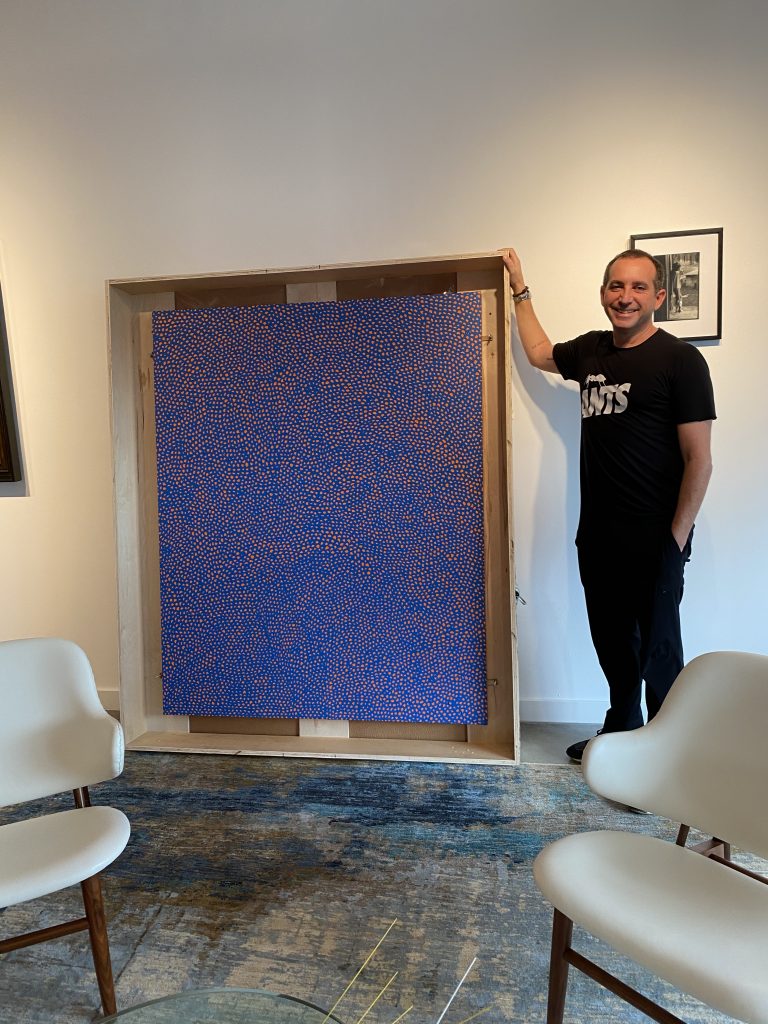
Antonio de la Guardia with a Yayoi Kusama for a client’s collection. Courtesy of Tresart, Miami.
How would you describe your mission or ethos as an art dealer?
My mission or guiding principle is quite simple: to support my clients as they build their collections in the best possible way. Finding the missing piece, the right one. Sometimes it’s easy, and sometimes it takes years, but in the end, it’s very rewarding. I take pride in helping my clients navigate the art market to make sure that they get the works they are seeking and with the most favorable terms.
Tresart operates quite differently than a lot of other galleries. Can you describe the gallery’s approach and space?
I have always believed that a close relationship with our clients is the most important aspect of our business. To nurture these relationships in a more personal way, in 2019 we moved Tresart from our previous, more traditional white-cube-style gallery space to a loft space in Wynwood’s Art District.
This novel approach allows us to forgo the conventional gallery exhibition program in favor of displaying works tailored to each client’s interest. Tresart’s Art Loft acts as an intimate setting where patrons of the gallery can feel at ease and are able to picture the artworks we showcase in their homes. The space is also an ideal setting to host small private events for Tresart’s patrons and friends, where we can have stimulating conversations about art, surrounded by beautiful works in a personable setting.
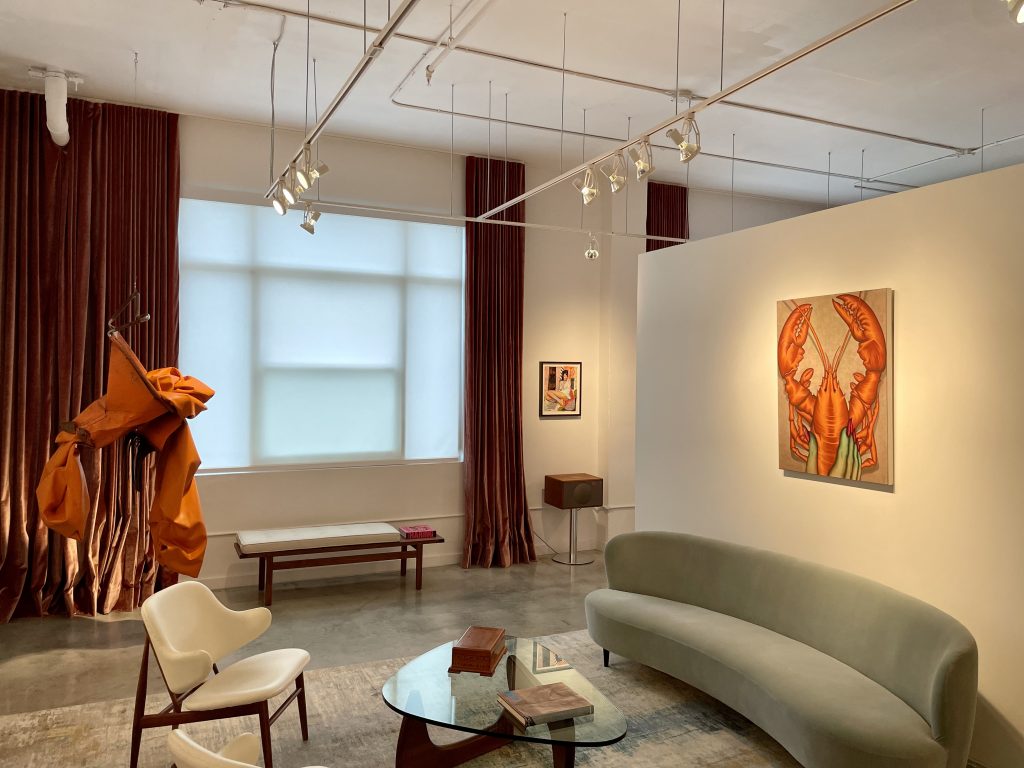
Tresart Art Loft. Courtesy of Tresart, Miami.
Are there any unifying similarities, or perhaps what you might describe as “typical,” Tresart collectors? What are some ways that you reach and draw interest from new collectors?
One could say that all collectors have the same purpose: to build a collection. While their interests, budgets, and approach to collecting may vary, at the end of the day, they all want to find the right works at the best possible deal. Understanding my client’s needs is key. I have clients whom I have been working with for decades. By getting to know them and their collections, I am able to present bespoke opportunities that truly speak to their collecting vision. My clientele has grown over the years mainly by word of mouth and by working with an international network of art dealers and professionals. Most recently, our private events at Tresart’s Art Loft have been a great setting to meet new collectors who are invited by our patrons and friends.
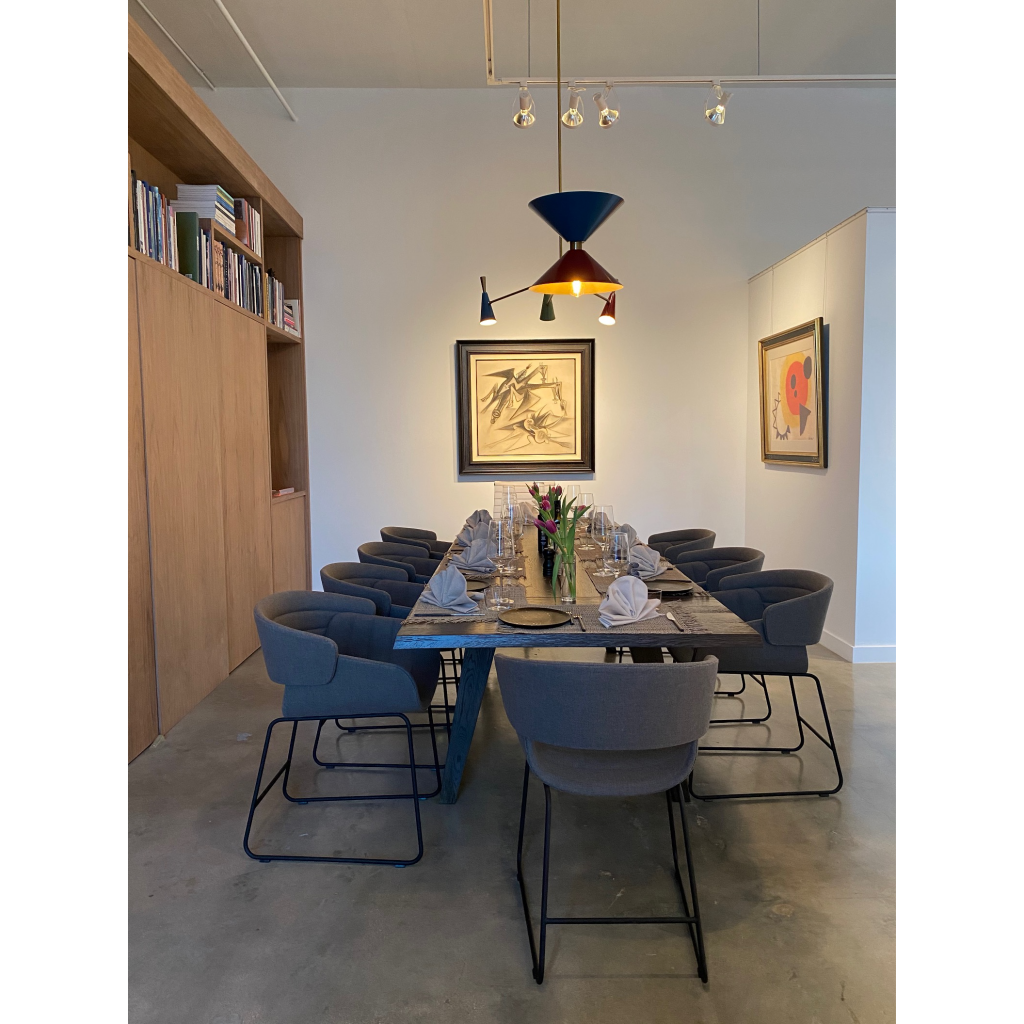
Tresart Art Loft. Courtesy of Tresart, Miami.
Do you have a forecast for the future of the art market? Are there any trends or developments that you find particularly intriguing?
I strongly believe that, for many reasons, the future of the art market is very positive, or “bright” to use a cliche. Fundamentally, art is at the core of human existence, and its appreciation and enjoyment are natural and enriching for most. Art has been there and will be there without question. That is the aesthetic and existential part.
From a financial perspective, there are many aspects that make art a unique, valuable, and tangible asset. For a start, art is essentially scarce. Every piece is unique (except for series, obviously) even if produced by the same artist. In other words, art is not fungible, so every work has its own particular characteristics, history, and place in the art world that cements its intrinsic value. This has been evident in several instances in which the markets or economy has softened but interest in art and art prices have not followed the downtrend. Art’s scarcity and unicity—and the fact that it is tangible—underpin its intrinsic value, which is the first and fundamental support to prices.
As to what developments I find intriguing, there is one related to the financial side of the market that is interesting. And this brings together the scarcity element I mentioned with the appearance of structures and institutions that offer fractional ownership of art pieces. As I said, this is more a financial development than an aesthetic one, but that could have an effect in the market if “retail” or relatively financially small investors start to participate in the art market. It is obvious that demand will broaden, and this should be very supportive of prices as well.
Finally, in a rapidly changing world, where asset classes are speedily created, volatility is commonplace and correlations are found in uncommon areas, art offers a track record as long as humanity itself. A track record that reflects progress, solidity, human evolution, and economic growth all over the world.
If you were not a gallerist, what would you be doing?
Collecting. haha

Courtesy of Tresart, Miami.
Learn more about Tresart here.
